To safely observe the nesting Loggerhead sea turtle, the Turtle Safe Flashlight is a must have item to add to your shopping list before visiting the beach this summer.
As a resident of Myrtle Beach along coastal South Carolina, my family and I have learned much about the nesting habits of sea turtles, specifically the Loggerhead Sea Turtle.
Each year during the summer months the females of this large sea turtle species (they grow to be around 3 feet long at maturity) come ashore to nest along the beaches up and down the east coast of North America, as well as along beaches in many other parts of the world. The Loggerhead can live to be well into their 60s, and to nest the female turtles often return to the the exact same nesting spots year after year.
You may also like: Charleston Day Trip
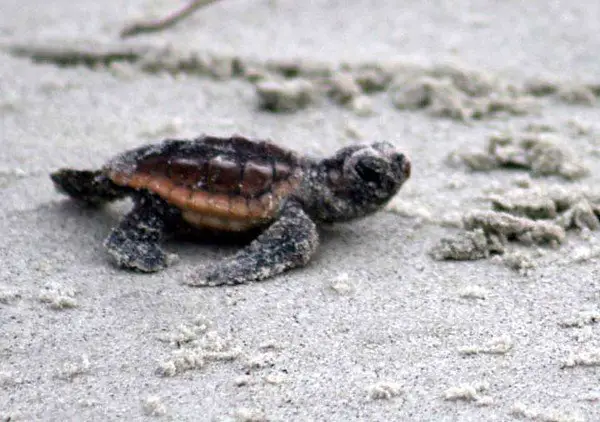
The Loggerhead sea turtle is an endangered species and their dwindling numbers can often be traced to humans who don’t understand the repercussions of their actions.
For instance: a Loggerhead can mistake a plastic bag for a jellyfish, one of its main food sources and choke. But while most people are careful not to leave behind litter after a day at the beach, many don’t know that light sources after dark are particularly harmful to the nesting Loggerhead.
Most vacation home rental companies make a concerted effort to educate visitors about the importance of turning off any house lights that shine towards the beach after dark.
Loggerhead hatchlings can become disoriented by man-made light and head inland instead of heading for the ocean as nature intended. The inevitable use of traditional flashlights on the beach at night can also be perilous to the sea turtle’s chances for survival, which is where the TurtleSafe flashlight comes in.
Mason Stewart, a resident of Coastal Georgia, became familiar with the nesting habits of Loggerhead sea turtles back in the 1950s while working as a lifeguard on Jekyl Island. Upon returning to the area following his retirement, he learned of the potentially serious problems traditional flashlights cause nesting sea turtles while visiting the Georgia Sea Turtle Center on Jekyll Island with his grandchildren.
You may also like: Top Things To Do In Savannah, Georgia
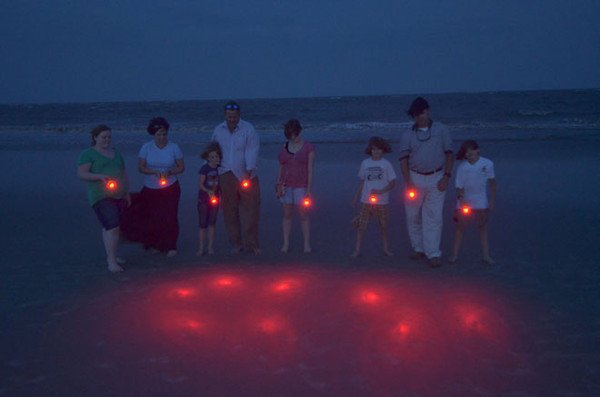
Standard flashlights emit white or short-wavelength light that can disrupt the nesting cycle.
Nesting females may abandon their nest site before laying eggs, and her hatchlings, who by nature use the stars and moon and their light’s reflection upon the Atlantic to locate the water. The hatchlings will instinctively head towards beckoning flashlights instead of the ocean, severely diminishing the young turtle’s chances of survival.
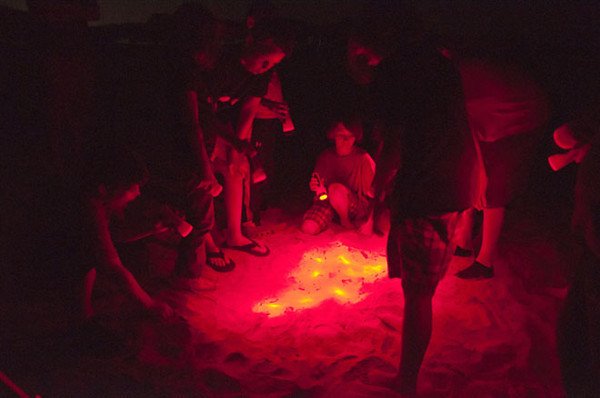
In response, Stewart designed a flashlight that is both people safe and turtle safe.
The TurtleSafe rechargeable flashlight emits a red LED light that doesn’t disturb the Loggerhead, but allows humans to see what’s ahead of them and observe the turtles from a safe distance. The flashlight was certified this past March by the Florida Fish & Wildlife Commission as safe for use on the beach in the vicinity of nesting sea turtles.
To purchase a TurtleSafe flashlight for your upcoming beach vacation, whether it be to the Myrtle Beach area or anywhere else this summer, be sure to visit their information-packed website, which includes the rules and regulations governing the safe observation of nesting Loggerheads.
You may also like: Myrtle Beach Sunset Photo Essay
Pin for Later
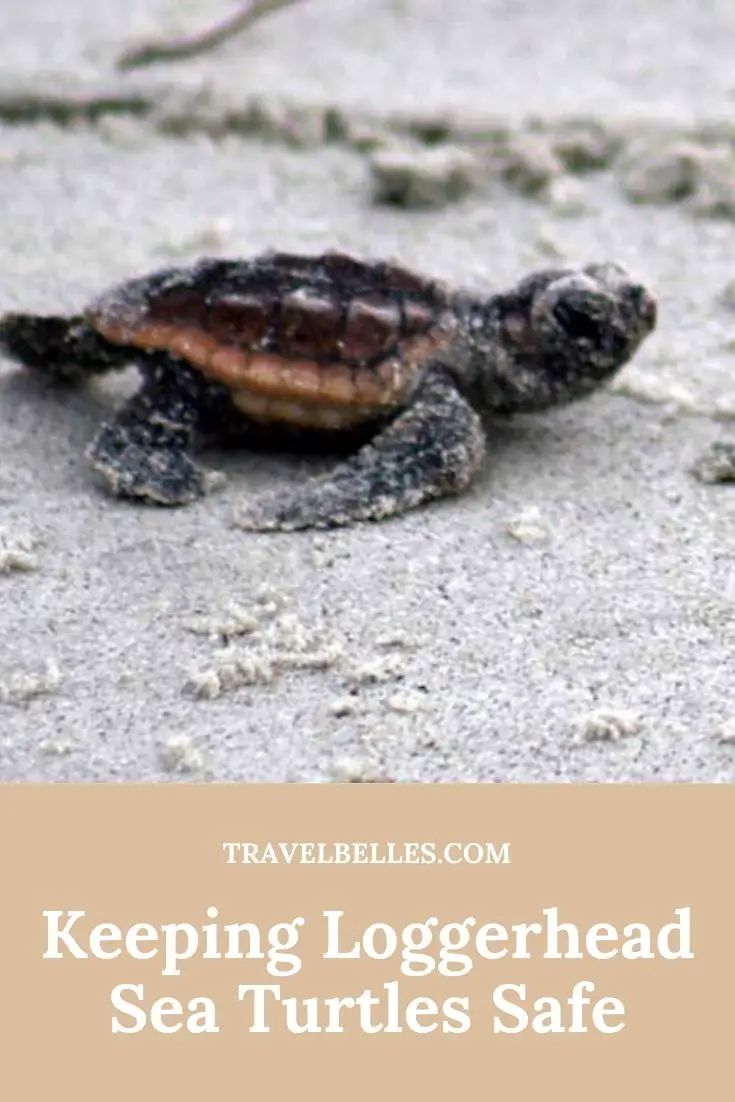
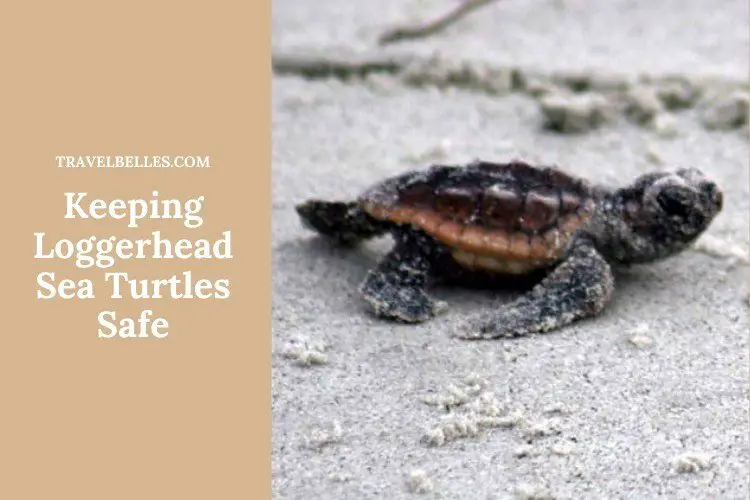
Thanks, Amanda! I was so pleased to come across the TurtleSafe and happy to share it. It’s one product I’d really like to see available in all beach resort areas where the Loggerhead traditionally nest.
Great post, Margo! I actually participated in a loggerhead sea turtle boil (hatching) on Myrtle Beach when I was there probably 12 years ago. My family and I stumbled upon a conservation group who were making sure the turtles made it to sea. They handed us flashlights that they had put a piece of red cloth over the top to dull the lights and we used it to guide the turtles to the ocean (making sure not to shine it in their eyes). There is so much light pollution near the beaches there, and the turtles are naturally attracted to the phosphorescent lighting of the ocean, so they needed a little extra help getting there. It was truly one of the most amazing experiences I’ve had. Especially since I was just a kid at the time! Great article, and awesome that they have developed the TurtleSafe!